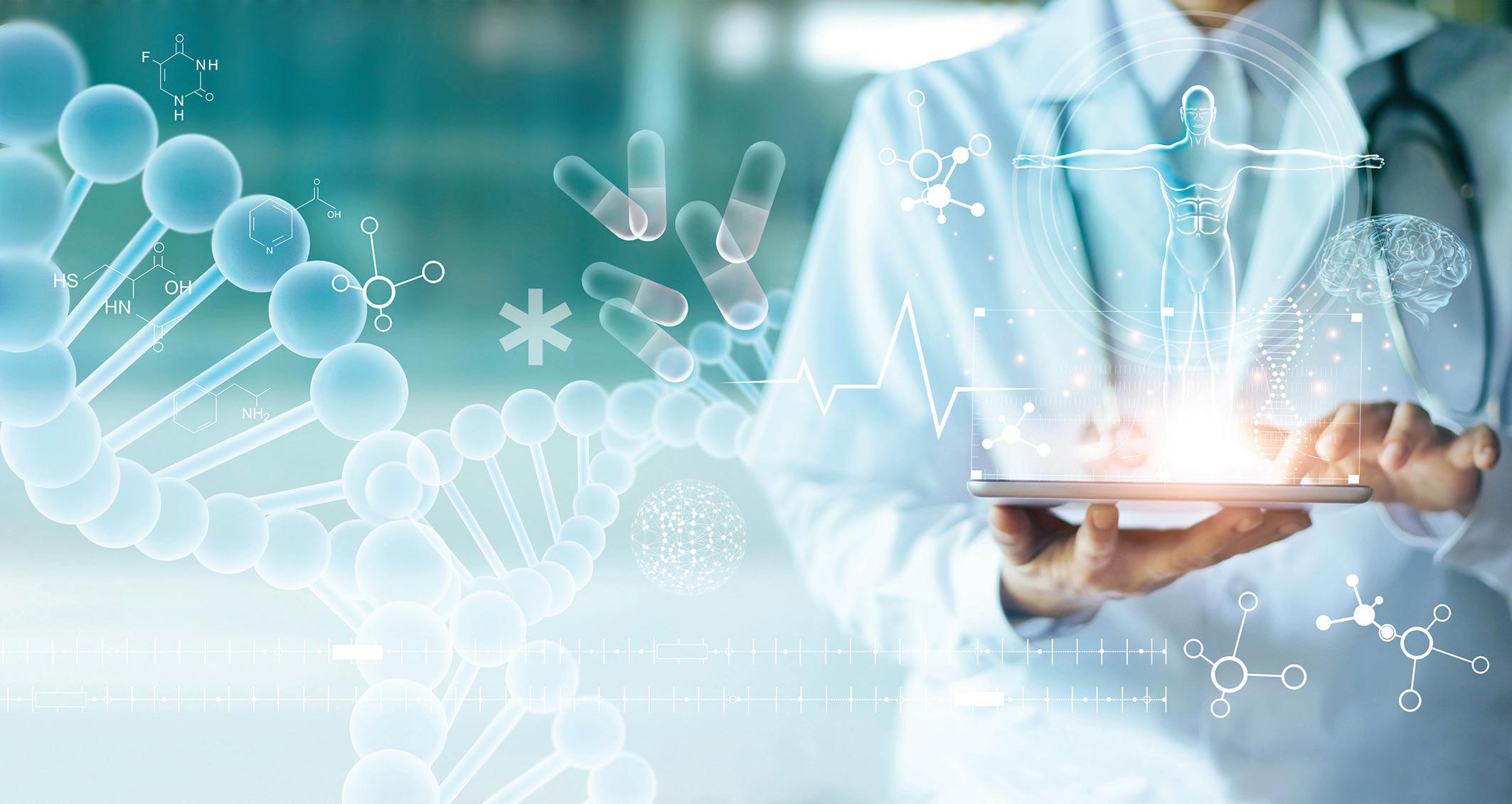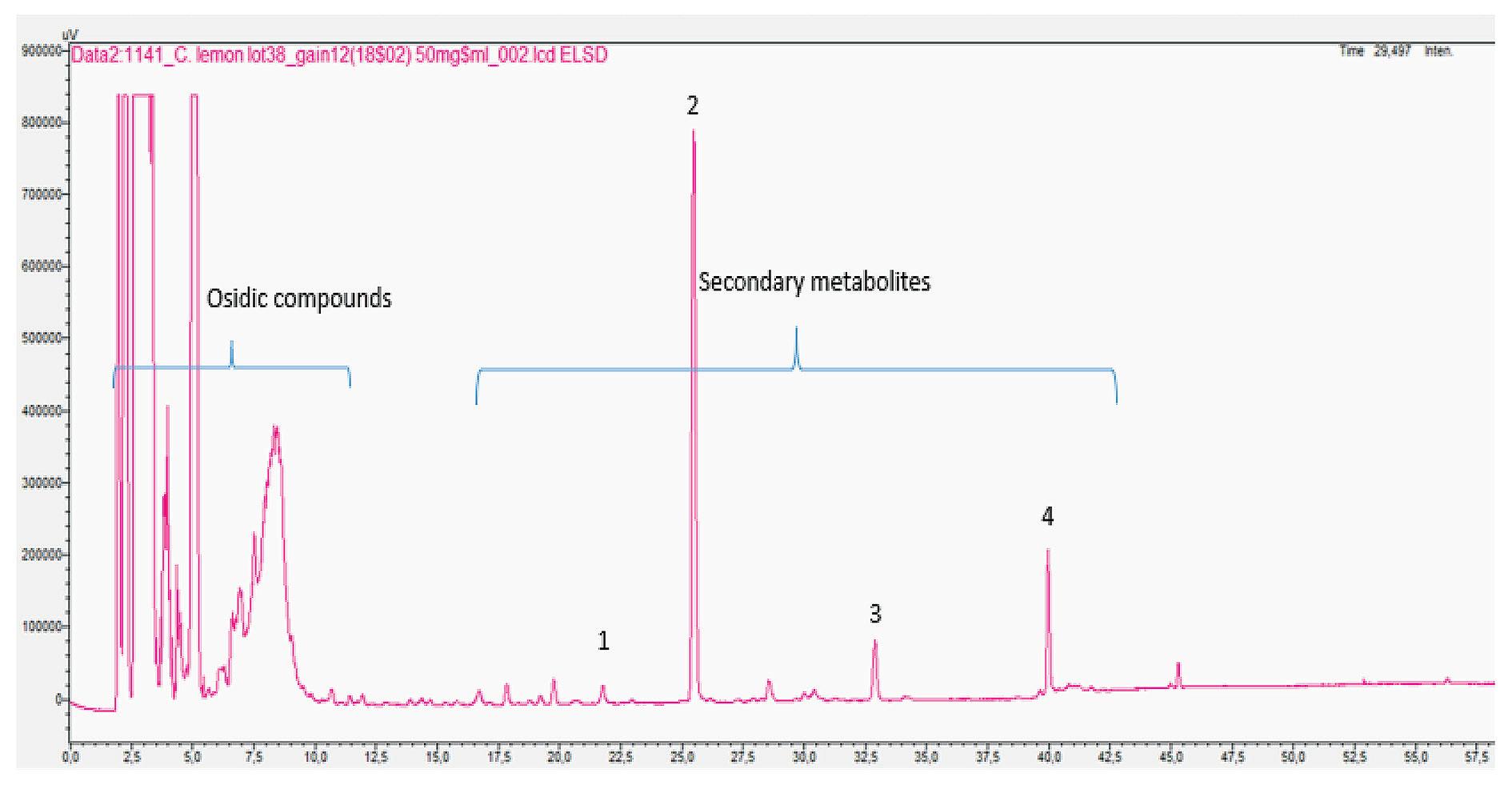
6 minute read
Improved DNA-analyses as tools to cover the need for evidence-based transparency in the aquaculture industry
Erik Fuglseth, ORIVO
A sustainable industry
The past decade has seen sustainability become a key driver in the aquaculture industry. It is well recognized that if the industry is to grow, it needs to do so in a sustainable manner. Practically all companies in the industry today claim to be acting sustainably, often referring to some of the established sustainability standards such as ASC, MSC or BAP. So far, this has been welcomed by seafood consumers. Recently, however, a shift in the behavior of these consumers has taken place. They now have a need to be reassured that there is truth behind the sustainability claims. Modern consumers are demanding an aquaculture industry that is more transparent about sustainability.
Transparency to support sustainability
Sustainability claims are only as valid as the documentation backing it up. That is why traceability systems have been developed. Historically, such systems have been based on paper-based documentation, but current best practice entails fully digitalized systems based on secure technological solutions such as blockchain. In the seafood industry, these modern traceability systems are typically utilized by large vertically integrated seafood companies. Most of these systems make it possible to trace a fish filet all the way back to the egg the fish came from or to the GPS coordinates of the location where it was caught. Such systems are great tools to securely store
and distribute data about a certain product, but there is one key requirement: the input needs to be valid. If that is not the case, false information will be spread about the product, established as the truth. Computer scientists call this GIGO, Garbage In, Garbage Out. So, if you can´t trust the data in a blockchain, you might as well go back to the old paper-based systems. This is where transparency comes to the rescue. By feeding data validated by independent third parties into a system, consumers can trust the information on a whole different level. This is true transparency, and the most valuable data of this sort comes from testing the consumer-ready products. This makes product adulteration close to impossible.

DNA-based analysis in the aquaculture industry
All sustainability and traceability documentation should be backed up by evidence. For claims related to the origin of products such as fish filets or feed ingredients, laboratory analysis results represent excellent evidence. DNA-based analyses have been applied in the aquaculture industry for a number of years already. For aquaculture feed, in particular, PCR methods have been used to document the presence or absence of certain species in feed-related products. However, these methods have only been useful to a limited extent. Challenges related to falsepositive detections, low quantifiability in complex and/or processed mixtures, often combined with high costs, have prevented the establishment of an industry-wide analysis standard. But the exponential growth in computer processing power experienced during the last decade has revolutionized the field of DNA analyses. A set of new analysis methods have emerged. They are referred to as Next Generation Sequencing (NGS), and they will have a big impact on the aquaculture feed industry in the years to come.
Next Generation DNA-Sequencing - NGS
NGS, often referred to as high-throughput sequencing, is a term used to describe a set of several DNA-analysis methods. Common for all of them is that they are based on modern sequencing technologies making a direct determination of DNA sequences possible. In other words, they make it possible to “read” all the genetic information present in a given sample with high accuracy. This has also been possible in the past, but NGS has revolutionized the speed and cost at which it can be performed.
A key advantage of NGS is that less DNA is required for each analysis. This is important for several reasons, one being that it makes it possible to avoid, or limit to a bare minimum, the step in the analysis protocol where DNA is amplified prior to the sequencing and species detection steps. This DNA-amplification step has been the core of many of the challenges of conventional DNA analyses, exemplified by the detection of false positives previously mentioned.
By utilizing state-of-the-art big data analysis, NGS is also paving the way for a set of new application areas for DNA analyses in the aquaculture industry. With the proper experimental design and data-analysis setup, not only can false-positive results be avoided, but new features, like species quantification with unprecedented accuracy, be enabled. With NGS, DNA-based analyses are becoming a highly versatile tool.
However, with the development of such powerful analysis methods comes a new set of challenges. The black-box issues of artificial intelligence-based analyses seen in other application areas, such as for self-driving cars, are valid also for NGS. The interpretation of raw data to understandable results, referred to as bioinformatics, requires highly specialized competence. Often, this competence also needs to be complemented with species and/or industry-specific knowledge to interpret the data correctly. Special care should therefore always be taken when developing and deploying NGS analyses for new application areas.

Adding value to the industry
NGS analyses have already been commercially applied in parts of the aquaculture feed industry. Specifically, BioMar, the innovative Danish feed producer, is using a semi-quantitative version of NGS offered by ORIVO to screen the raw materials they are sourcing. The aim is to ensure that they know the origin of the ingredients they are buying and thereby avoid unwanted species in the feed.
Because of the increased complexity in the marine ingredients value chain, the feed industry, in general, is experiencing increased scrutiny when it comes to documenting sustainable sourcing. Trust between customer and supplier is no longer good enough for consumers who are demanding evidence. As mentioned, laboratory analysis results represent such evidence and should, as a consequence of the recent development of NGS, become standard tools applied in the industry for important areas like ensuring sustainable sourcing of ingredients and supply-chain risk evaluations. The analysis results are excellent as input in digital traceability systems like blockchains, to form the basis of sustainability claims made on consumer products or company webpages.
What does the future hold?
There is no doubt NGS will be widely applied in the aquaculture industry in the future. Alone, or in combination with other novel innovative technologies, the potential application areas are numerous. Examples include determining catch areas for products coming from fisheries with strict geographic regulations, testing if a salmon filet is organic or not, and rapid on-site testing capabilities to determine the species composition of processed seafood products, utilized for instance by retail chains. Some of these applications require further technology development, and progress is already being made. With funding from the Norwegian Research Council, BioMar and ORIVO have recently, together with several highly recognized research institutions, embarked on a project to develop NGS-based methods able to accurately quantify the species composition in fishmeal and fish feed. Such work will surely bring exciting opportunities in the future, but NGS has already made significant contributions to our industry´s mission to provide consumers with evidence-based transparency. This consumer need is growing, and it has to be addressed throughout the value chain.
References available on request.
More information: Erik Fuglseth
CTO ORIVO AS E: efu@orivo.no










